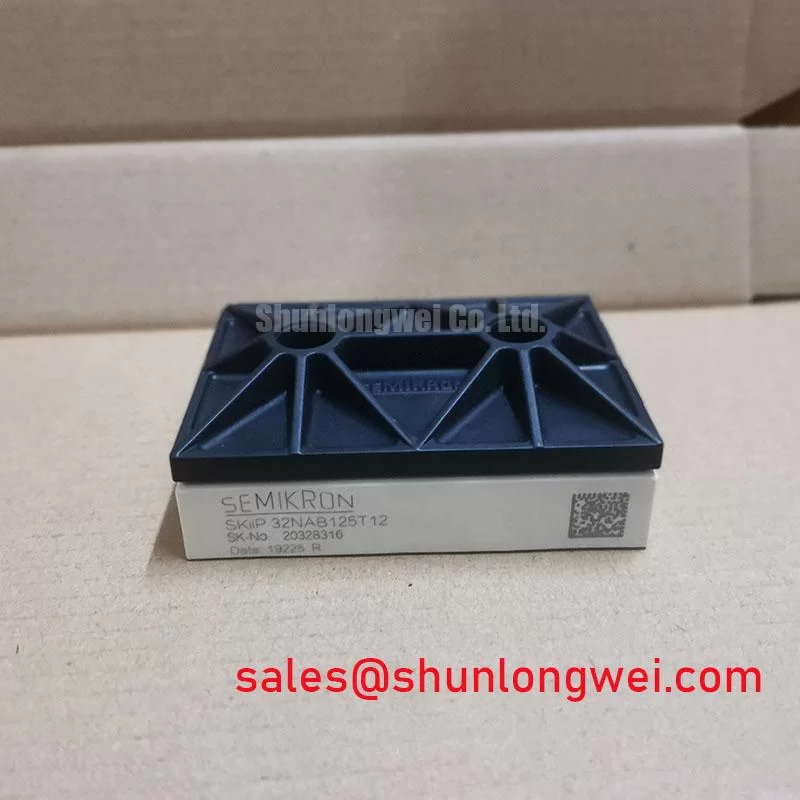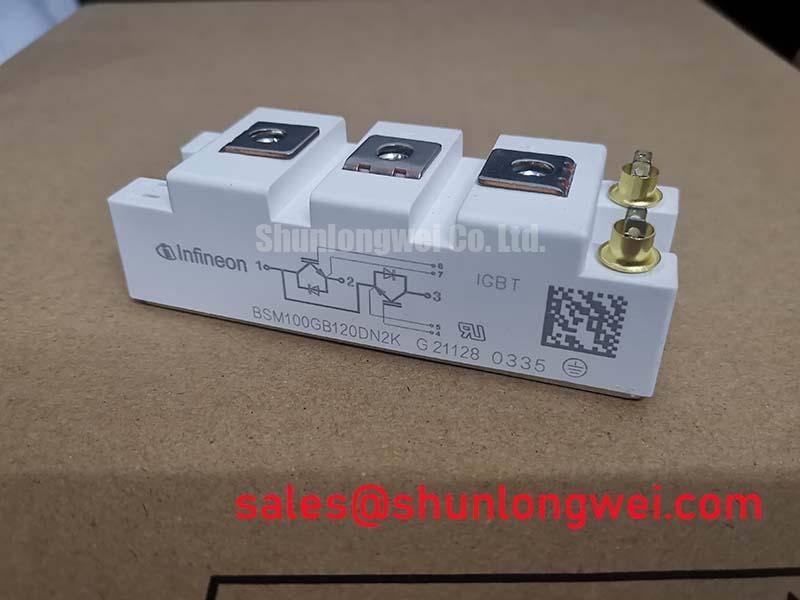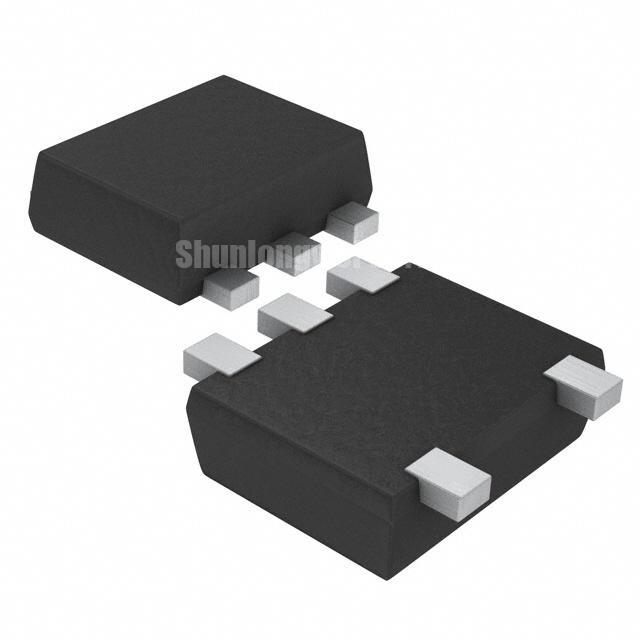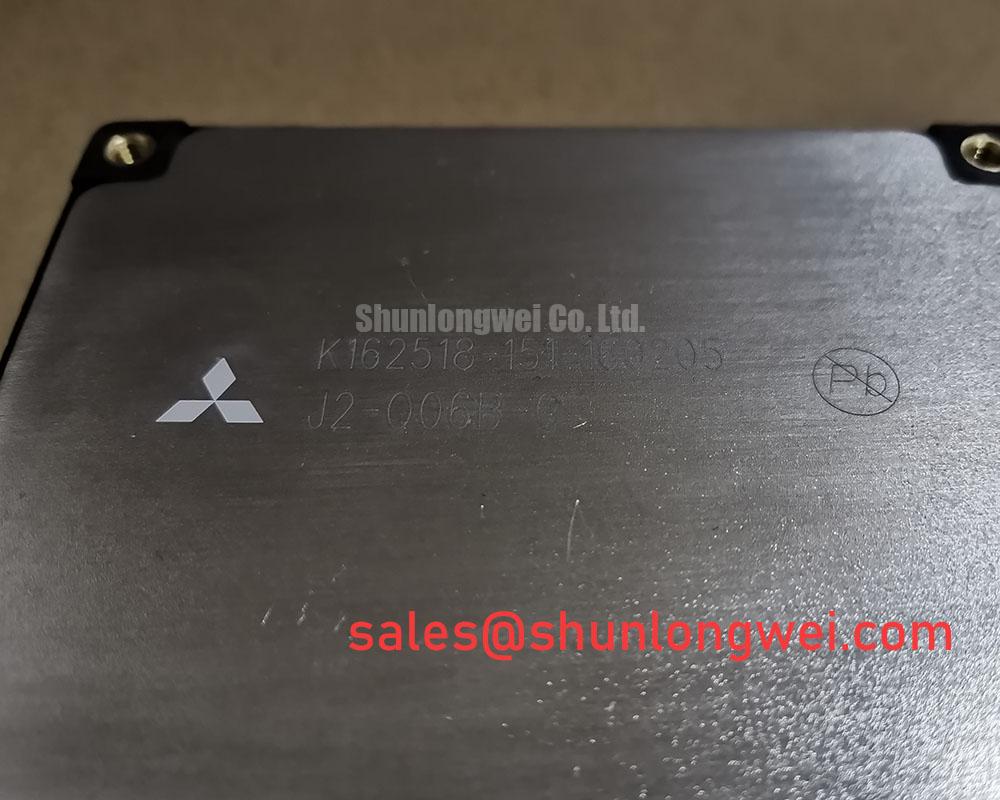Content last revised on October 24, 2025.
SKM400GB124D SEMITRANS 2 IGBT Module: Engineering Review
A Technical Analysis of the 1200V, 400A Half-Bridge Module
The SKM400GB124D is a high-performance 1200V half-bridge IGBT module from Semikron, engineered to provide a robust and efficient power switching foundation for demanding industrial applications. It integrates two IGBTs in a half-bridge configuration, delivering a nominal current of 400A with a collector-emitter voltage of 1200V and a typical collector-emitter saturation voltage (VCEsat) of 2.1V. Key engineering benefits include durable performance from its Non-Punch-Through (NPT) IGBT structure and enhanced switching behavior due to integrated CAL (Controlled Axial Lifetime) diodes. This module is specifically designed to address the challenge of balancing efficiency and reliability in high-power converters. For high-frequency motor drives and solar inverters requiring a robust balance of efficiency and durability, this 1200V module is an exemplary solution.
Key Parameter Overview
Decoding the Specs for High-Current Power Conversion
The electrical and thermal parameters of the SKM400GB124D are fundamental to its performance in high-stress environments. The following table highlights the critical specifications that engineers must consider for system modeling, thermal management, and reliability analysis. These figures are based on the official manufacturer's data.
| Key Specifications of the SKM400GB124D | |
|---|---|
| Parameter | Value |
| Collector-Emitter Voltage (VCES) | 1200 V |
| Continuous Collector Current (IC @ Tcase = 80°C) | 400 A |
| Nominal Collector Current (ICnom) | 400 A |
| Collector-Emitter Saturation Voltage (VCE(sat), typ. @ ICnom, Tj = 125°C) | 2.1 V |
| Gate-Emitter Threshold Voltage (VGE(th)) | 4.5 V (min) to 6.5 V (max) |
| Total Power Dissipation (Ptot @ Tcase = 25°C) | 2500 W |
| Thermal Resistance, Junction-to-Case (Rth(j-c) per IGBT) | 0.05 K/W |
| Short Circuit Withstand Time (tpsc @ VGE ≤ 20V) | 10 µs |
| Maximum Junction Temperature (Tjmax) | 150°C (175°C under overload) |
Download the SKM400GB124D datasheet for detailed specifications and performance curves.
Application Scenarios & Value
Achieving System-Level Benefits in Industrial Drives and Inverters
The SKM400GB124D is optimized for high-power conversion systems where efficiency and long-term reliability are critical design criteria. Its robust feature set makes it a strong candidate for a range of industrial applications.
- Variable Frequency Drives (VFDs): In industrial motor control, particularly in high-power VFDs, minimizing power loss is essential. The module's low typical VCE(sat) of 2.1V at nominal current directly reduces conduction losses. This enhances overall drive efficiency, lowers the required cooling capacity, and contributes to a lower total cost of ownership.
- Solar Inverters: The reliability of a solar inverter is paramount for maximizing energy harvest. The SKM400GB124D's construction, featuring a Direct Copper Bonding (DCB) substrate, provides excellent thermal cycling capability and high electrical isolation, ensuring stable performance over a long operational lifespan.
- Uninterruptible Power Supplies (UPS): In critical power systems like UPS, the ability to handle fault conditions is vital. The module's 10 µs short-circuit withstand time provides a crucial window for protection circuits to react, preventing catastrophic failure and enhancing system resilience.
For systems requiring a lower current rating but similar voltage characteristics, the related SKM300GB128D offers a 300A capability within a comparable package family.
Technical Deep Dive
The Synergy of NPT IGBT and CAL Diode Technology
A key aspect of the SKM400GB124D's design is the combination of a homogeneous Non-Punch-Through (NPT) silicon structure for the IGBT and a fast, soft-recovery CAL freewheeling diode. This pairing is not coincidental; it is engineered for optimal performance in hard-switching topologies. The NPT IGBT technology provides a positive temperature coefficient for VCE(sat), which simplifies the process of paralleling modules for higher current output by naturally promoting current sharing.
The integrated CAL diode is equally important. During the turn-off phase of the opposing IGBT in the half-bridge, the diode must take over the current. A diode with abrupt "snappy" recovery can induce significant voltage overshoots and electromagnetic interference (EMI). The "soft" recovery of the CAL diode acts like an advanced shock absorber in a vehicle; instead of a sudden jolt, it brings the current to zero smoothly. This behavior drastically reduces voltage spikes, protecting the IGBT from avalanche breakdown and simplifying the system's filtering and compliance with EMC standards.
Frequently Asked Questions (FAQ)
What is the primary engineering advantage of the CAL (Controlled Axial Lifetime) diode in the SKM400GB124D?
The primary advantage is its "soft" reverse recovery characteristic. This minimizes voltage overshoot and ringing during high-speed switching, which reduces stress on the IGBTs and lowers system-level EMI, simplifying the design of snubber circuits and filters.
How does the SKM400GB124D's Rth(j-c) of 0.05 K/W per IGBT impact thermal design?
This low thermal resistance value indicates highly efficient heat transfer from the silicon chip to the module's baseplate. For a design engineer, this means that for a given power loss, the junction temperature will be lower. This directly translates to either improved reliability, the ability to use a smaller, more cost-effective heatsink, or the capacity to push the module harder in high-temperature environments. It is a critical parameter for mastering thermal management.
Is this module suitable for applications with high switching frequencies?
Yes, the combination of a fast NPT IGBT and a soft-recovery CAL diode makes it well-suited for applications operating in the typical motor drive frequency range. The low tail current and optimized diode recovery reduce switching losses, which become the dominant loss factor at higher frequencies.
What does the use of a Direct Copper Bonding (DCB) substrate signify for reliability?
The DCB substrate provides both excellent electrical isolation and superior thermal conductivity compared to older technologies. By eliminating solder layers between the ceramic and copper, it improves power cycling capability and reduces the likelihood of delamination or fatigue failures over a long service life, which is critical in applications like renewable energy and industrial automation. What is the primary benefit of its DCB substrate? Enhanced long-term reliability and superior thermal performance.
Strategic Considerations for Power System Architecture
Integrating a component like the SKM400GB124D is a strategic decision that influences overall system architecture. Its high current density and robust thermal performance, enabled by the SEMITRANS 3 package and DCB technology, allow for the design of more compact and power-dense inverters. By providing a reliable, pre-packaged half-bridge solution, it reduces assembly complexity and simplifies the design of the main power stage. This enables engineering teams to focus resources on higher-level control strategies and system optimization, accelerating time-to-market for advanced power conversion equipment.















